简体中文
繁體中文
English
Pусский
日本語
ภาษาไทย
Tiếng Việt
Bahasa Indonesia
Español
हिन्दी
Filippiiniläinen
Français
Deutsch
Português
Türkçe
한국어
العربية
Trade Journal 2.0: What Experienced Traders Track That Beginners Often Ignore
Abstract:A Trading Journal is more than a basic record of trades. It’s a learning and improvement tool. Beginners often jot down only price and time. Experienced traders add deeper insight that helps them get better over time. Here's what they track:
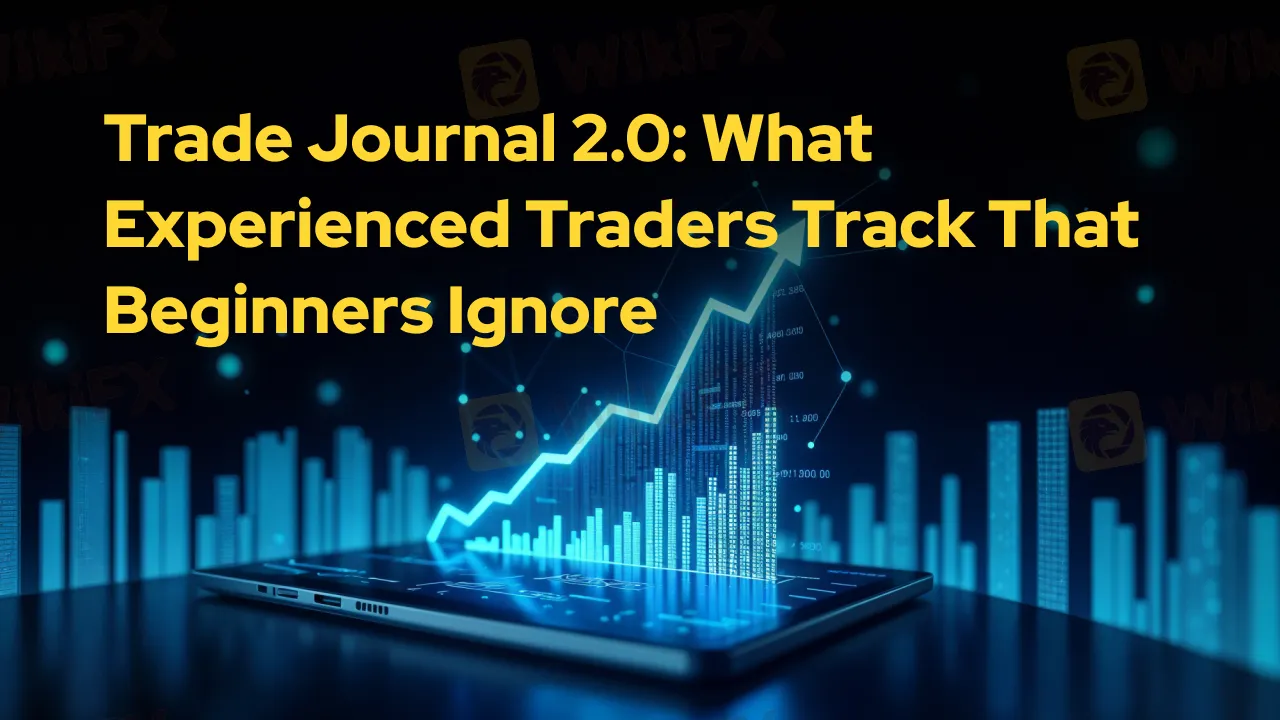
A Trading Journal is more than a basic record of trades. Its a learning and improvement tool. Beginners often jot down only price and time. Experienced traders add deeper insight that helps them get better over time. Here's what they track:
1. Emotional Notes: Before, During & After- They track how they felt happy, scared, excited, or anxious at each stage of the trade. This helps spot emotional mistakes and avoid repeating them.
2. Trade Rating- After each trade, pros rate themselves: Was entry timely? Did they follow size and risk? Did they stick to their strategy? Simple grades (A, B, C) help remember what worked.
3. Key Performance Numbers- They don't just track profit or loss but they also log:
• Win rate
• Risk/reward ratio
• Return on capital
• Max loss in account (drawdown)
This lets them see if their strategy really works over time.
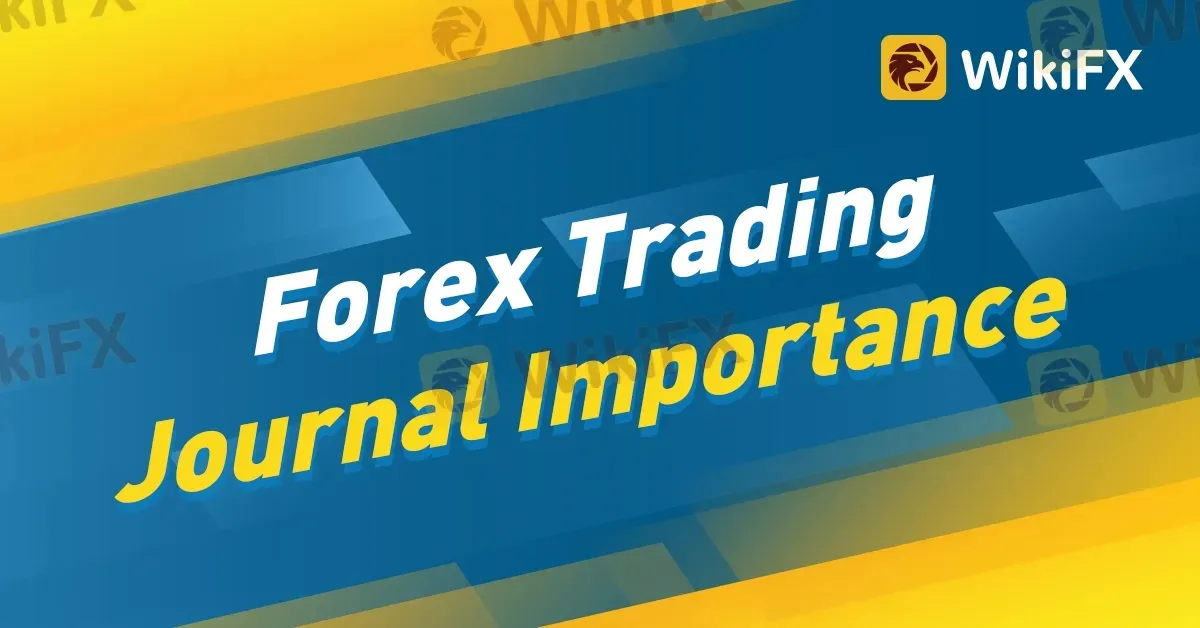
4. Market Tools & Setup Notes- They record extra details like:
• Market trend (up, down, flat)
• Time of day (morning, midday)
• Volatility or news events
• Chart tools used (support, moving averages)
Charts or screenshots show what was happening when they entered or exited.
5. Regular Reviews & Goal Setting- Experienced traders set aside time in their week or month to review past trades, spot mistakes, and set goals—like improving exit timing or keeping position sizes consistent.
Conclusion
A basic journal lists trades. Trade Journal 2.0 goes deeper- capturing thoughts, feelings, setups, and numbers so you learn, adapt, and grow. Over time, this disciplined approach builds real trading skills.
Join WikiFX Community
Investment scams have become a reality in the Forex market. While trading forex, you can avoid these scams by staying informed and alert. Therefore, be attentive and stay updated with fraud alerts. With WikiFX, you can get all the information you need about the Forex market, fraud alerts, and the latest news related to Forex trading — all in one place. Join the WikiFX Community by scanning the QR Code at the bottom.
Steps to Join
1. Scan the QR code below
2. Download the WikiFX Pro app
3. After installing, tap the Scan icon at the top right corner
4. Scan the code again to complete the process
5. You have joined!
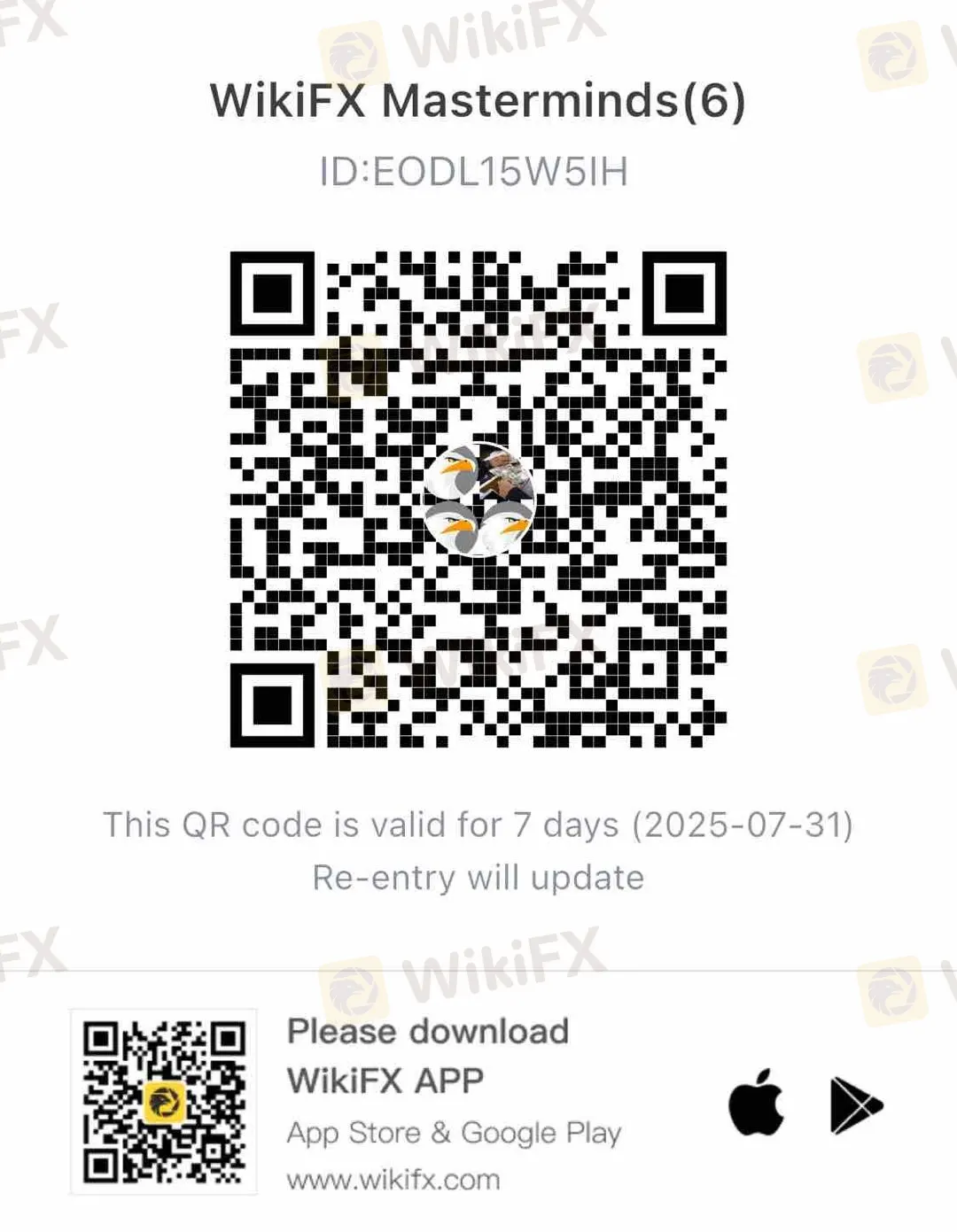
Disclaimer:
The views in this article only represent the author's personal views, and do not constitute investment advice on this platform. This platform does not guarantee the accuracy, completeness and timeliness of the information in the article, and will not be liable for any loss caused by the use of or reliance on the information in the article.
Read more
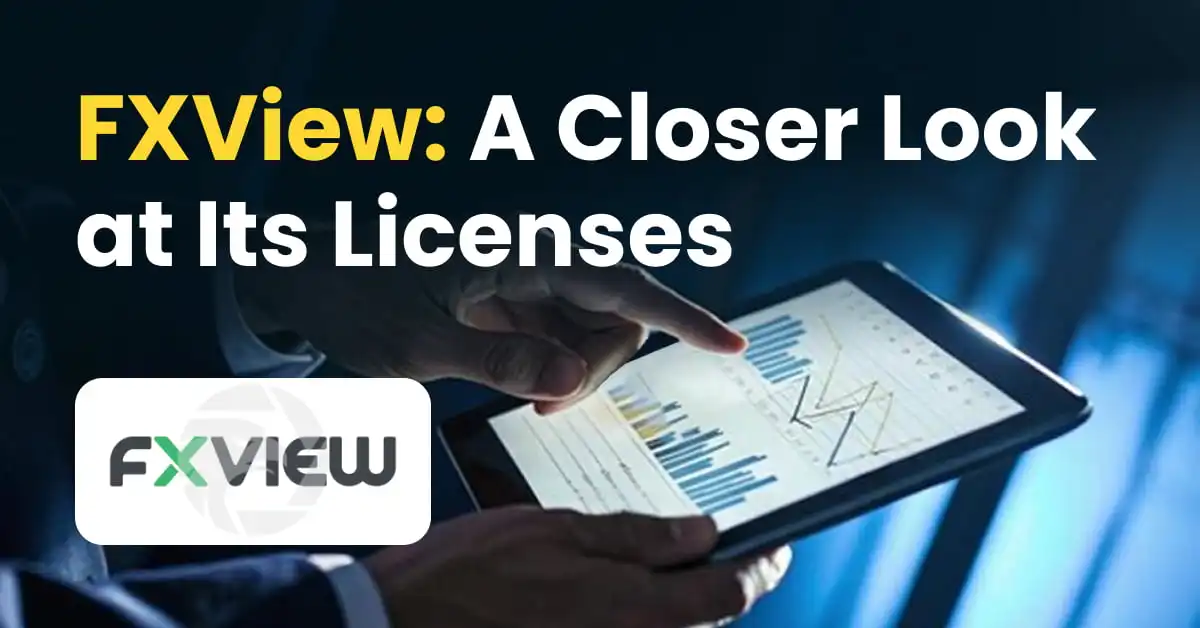
FXView: A Closer Look at Its Licenses
When selecting a broker, understanding its regulatory standing is an important part of assessing overall reliability. For traders seeking to protect their capital, ensuring that a platform operates under recognised and stringent oversight can make all the difference. Keep reading to learn more about FXVIEW and its licenses.
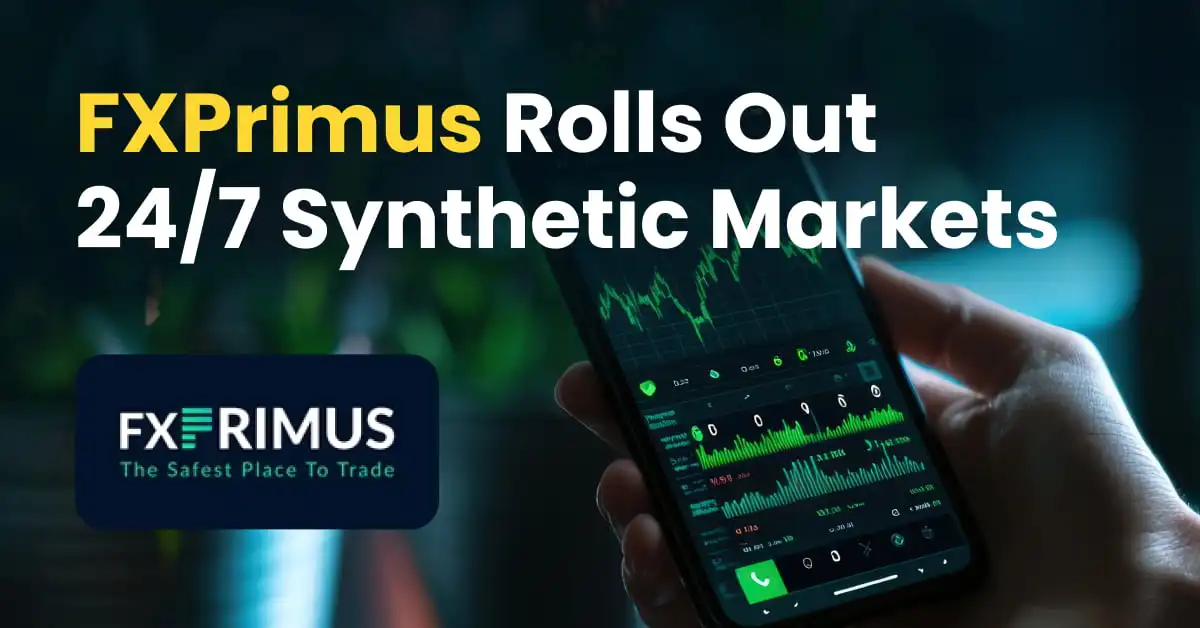
FXPrimus Rolls Out 24/7 Synthetic Markets
Global broker FXPrimus has announced the launch of Synthetic Indices, which are engineered financial instruments that operate continuously and are designed to simulate real market conditions without being influenced by actual economic or political events. Will you try this out?

Interactive Brokers Eyes Stablecoin Launch, Expanding Crypto Reach
Interactive Brokers explores launching its own stablecoin, aiming to enhance crypto trading, secure brokerage funding, and navigate US crypto regulations in 2025.
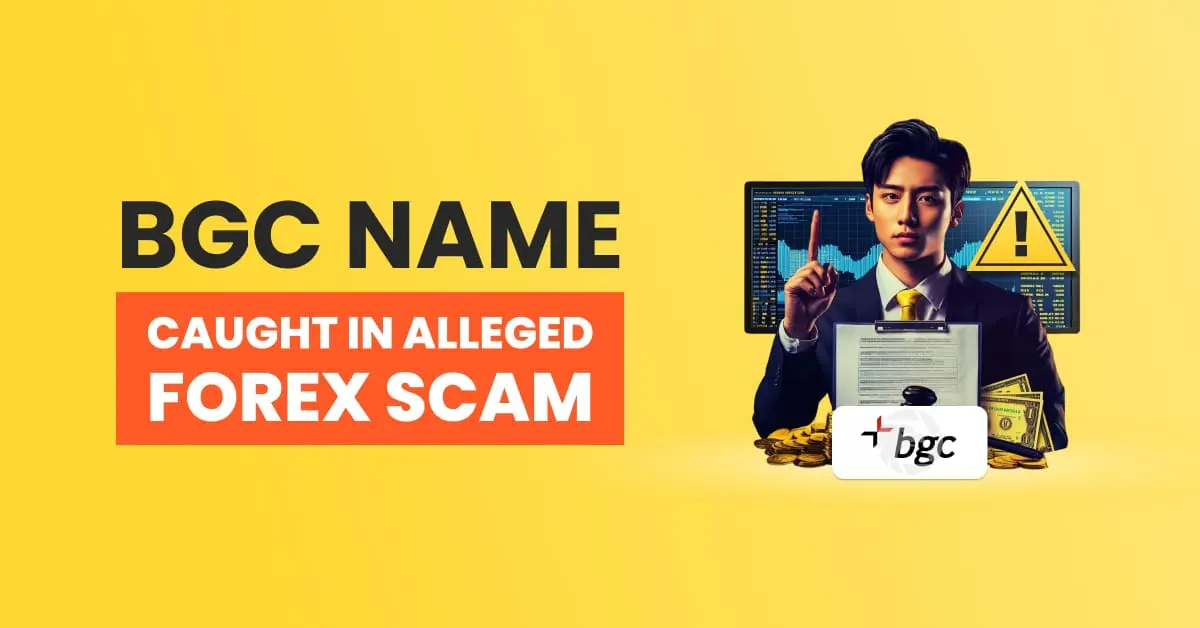
BGC Name Caught in Alleged Forex Scam
Several traders have recently reported issues involving the name of forex broker BGC. It is still unclear whether BGC itself is directly involved or if scammers are illegally using the company’s brand to trick victims. Either way, the losses are real, and the number of complaints is growing.
WikiFX Broker
Latest News
Top Wall Street analysts recommend these dividend stocks for regular income
Stock futures rise as U.S.-EU trade deal kicks off a hectic week for markets: Live updates
Thailand-Cambodia War Pressures Thai Baht in Forex Market
Treasury yields tick lower as investors look ahead to Fed's interest rate decision
European stocks set to rise after the U.S. and EU strike trade agreement
Samsung Electronics signs $16.5 billion chip-supply contract; shares rise
Does XS.com Hold Leading Forex Regulatory Licenses?
Elon Musk confirms Tesla has signed a $16.5 billion chip contract with Samsung Electronics
Chile Bumps Up Copper Price Forecast and Flags Lagging Collahuasi Output
A breakthrough and a burden? What the U.S.-EU trade deal means for the auto sector
Currency Calculator


